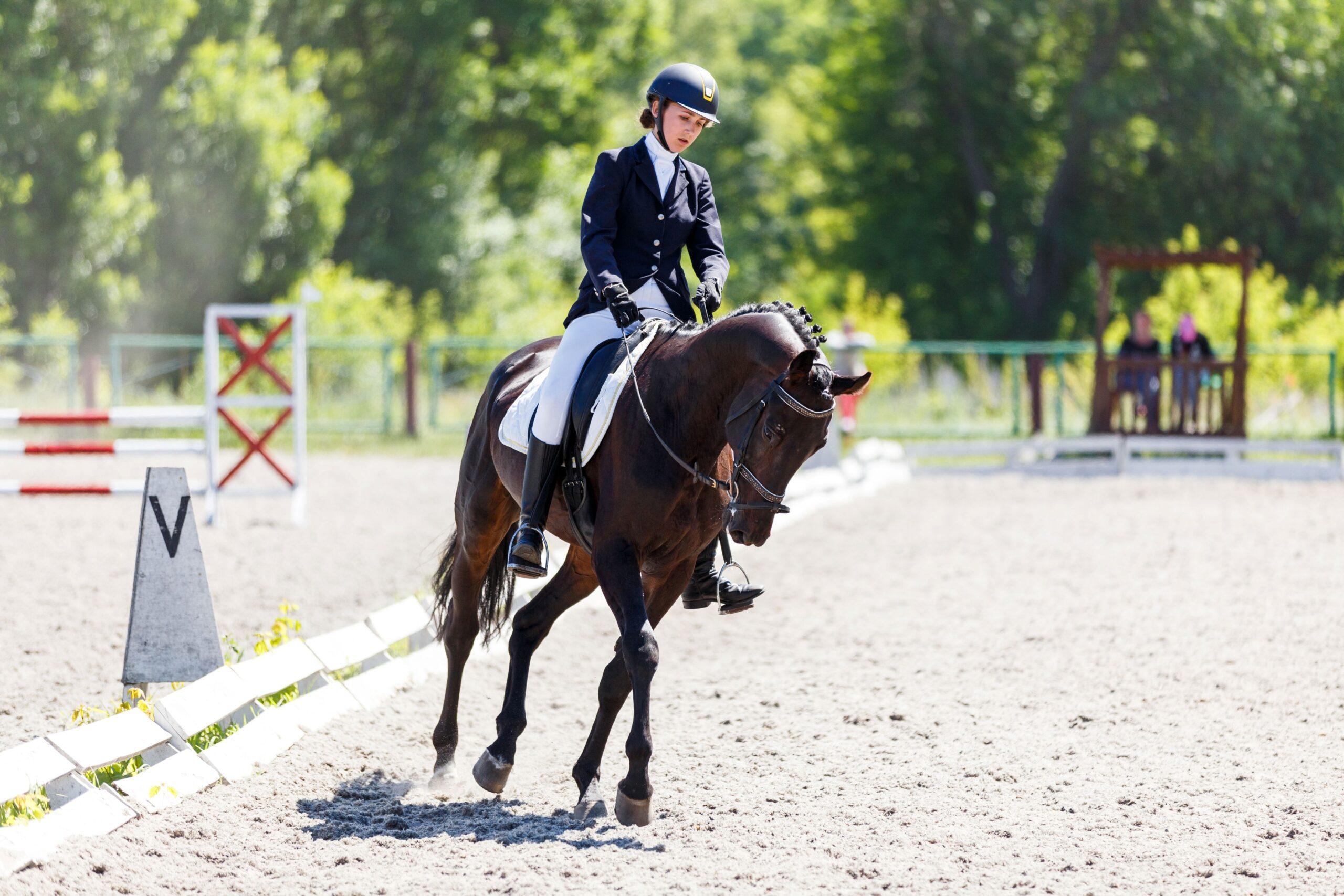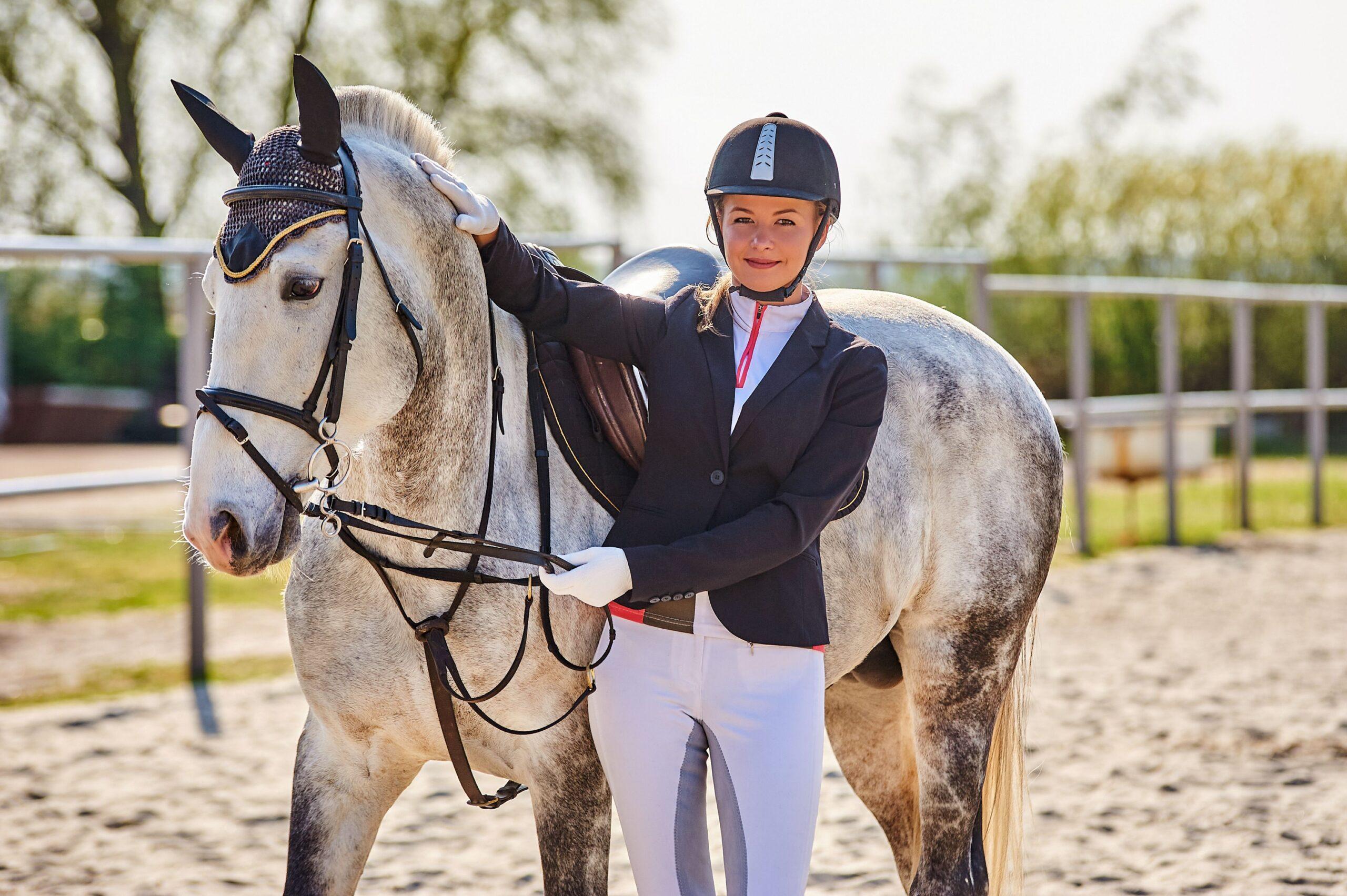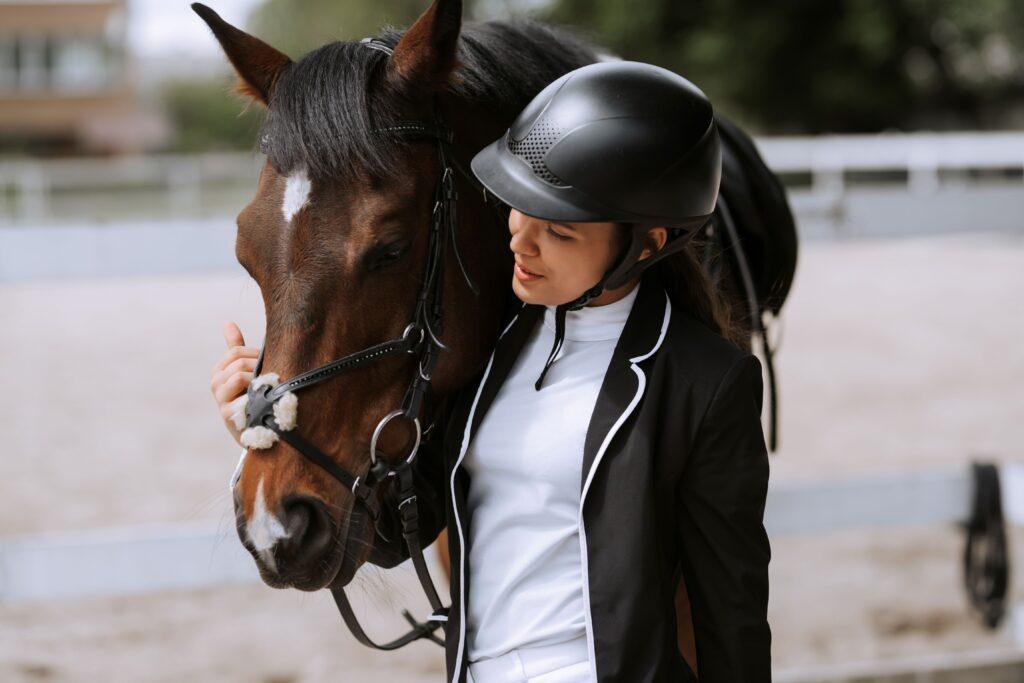Buying equitation horses for sale without assessing temperament and training can lead to frustration and costly mismatches. Many rely on bloodlines or videos — but miss the real question: Does this horse fit your skill level, mindset, and goals? This guide shows what to observe, what to ask, and how to stay objective when emotions run high.
Why Temperament Is the Dealbreaker
Temperament is not about docility alone. It’s about how the horse reacts to new situations, how quickly it calms down, and whether it displays resilience or sensitivity when under pressure.
Common buyer mistake: Focusing too much on training and ignoring behavior patterns.
What to watch:
- Does the horse accept the saddle and rider calmly?
- How does it respond to unfamiliar sounds or a sudden movement?
- Is it focused or easily distracted?
Temperament matters more than talent in many cases — especially if the rider is still learning or wants a long-term partner. A willing, trainable horse is a far better investment than a spectacular mover with attitude issues.
Training Isn’t Just About Movements
Training is often equated with how well the horse performs in a video. But the real test lies in how consistent and responsive the horse is during live riding.
Important training markers:
- Reacts to light aids
- Maintains rhythm without constant correction
- Understands basic transitions (walk-trot-canter, halt)
- Stays straight on the long side and through corners
Ask to ride the horse yourself or — if you’re not yet confident — observe how it behaves with a rider of a similar skill level to yours. Equitation horses for sale might be showcased with top riders, but it’s your handling that counts in the long run.
Ask the Right Questions
Don’t just ask how old the horse is or what breed — dive deeper.
Key questions:
- How long has the horse been under saddle?
- What does it do when it’s confused or unsure?
- Has it ever had a break in training? Why?
- How often is it ridden and by whom?
- What are its biggest challenges at the moment?
These questions help reveal if the horse has been developed with consistency or rushed through levels for sale purposes.
Consistency in Handling and Daily Routine
Even the best-trained equitation horses for sale can become unpredictable if they lack structure in their daily care. Buyers often focus only on what happens during a viewing or trial ride — but a horse’s daily routine reveals far more about its long-term reliability and behavior.
What to ask and observe:
- Who handles the horse every day? Is it one person or multiple?
- Is the feeding, turnout, and riding schedule consistent?
- How does the horse behave in the stable — alert, tense, relaxed, aloof?
Inconsistent handling can lead to confusion and stress for the horse, which often manifests as tension under saddle. A horse that thrives in a routine is more likely to transition smoothly to a new environment.
Bonus tip: If possible, visit at different times of day — morning feed, turnout, or evening stabling. You’ll get a more complete picture of the horse’s true nature and stress points.
Watch the First 10 Minutes — Closely

The beginning of the session shows more than any polished performance later on. Is the horse tense when brought out of the stall? How does it warm up? Are there signs of resistance, tail swishing, pinned ears, or clamped jaw?
Tip: Pay attention to how the horse interacts with the groom or handler. That’s often the most honest insight into its daily character.
A trustworthy seller of equitation horses lets the horse speak for itself.
Don’t Fall in Love Too Early
Many first-time buyers get emotionally attached before they’ve done a full evaluation. This clouds judgment. Keep your standards, even if the horse is stunning.
Things to stay clear-headed about:
- Fancy tack or boots: Irrelevant.
- High-level rider making it look easy: Doesn’t mean you can.
- “He just needs time”: Often a red flag in disguise.
Remember: equitation horses for sale are often presented at their best. Your job is to dig beneath the surface.
🧠 Expert Interview: What Really Matters When Evaluating Equitation Horses for Sale
Interview with Dr. Laura McKnight – independent equine behavior specialist with over 15 years of experience in training assessments and horse-rider matching.
Q: What’s the most common mistake buyers make when evaluating a horse?
Dr. McKnight: Most people focus too much on performance and forget to assess the horse’s emotional response under pressure. A horse may look spectacular in a controlled environment, but that doesn’t mean it’s the right match for the rider’s needs or confidence level.
Q: How can someone without much experience judge temperament correctly?
Dr. McKnight: Watch the horse before and after the ride — during grooming, tacking up, and cooling down. Look for signs of tension or avoidance. If the horse is relaxed and cooperative during these less structured moments, that’s a very good sign.
Q: What’s your top tip when viewing equitation horses for sale?
Dr. McKnight: Bring a neutral, experienced third party. They’ll notice things you might miss because you’re emotionally invested. Also, don’t rush. A second visit often reveals more than the first.
Q: Final advice in one sentence?
Dr. McKnight: Choose the horse that gives you peace of mind, not the one that gives you butterflies.
Temperament + Training = Fit
Ultimately, you’re not just buying an athlete — you’re choosing a teammate. Look for the intersection between mental qualities and technical education.
Ask yourself:
- Does this horse give me confidence?
- Will I enjoy working with it, even when progress is slow?
- Can I learn on this horse without fear?
The answer should be a clear yes. If not, walk away.
Emotional Fit Over Show Scores

Every horse has imperfections. The goal isn’t perfection — it’s fit. The right horse might not have flashy bloodlines or a flawless trot, but if it suits your mindset, ambition, and daily life, it’s the right one.
Be methodical, but trust your instincts. Evaluate training with clarity and ask honest questions about behavior. Equitation horses for sale are more than listings — they’re future partners. Choose like it matters, because it does.
Image Source: JJ Studio, skumer, Rakursstudio, Adobe Stock



